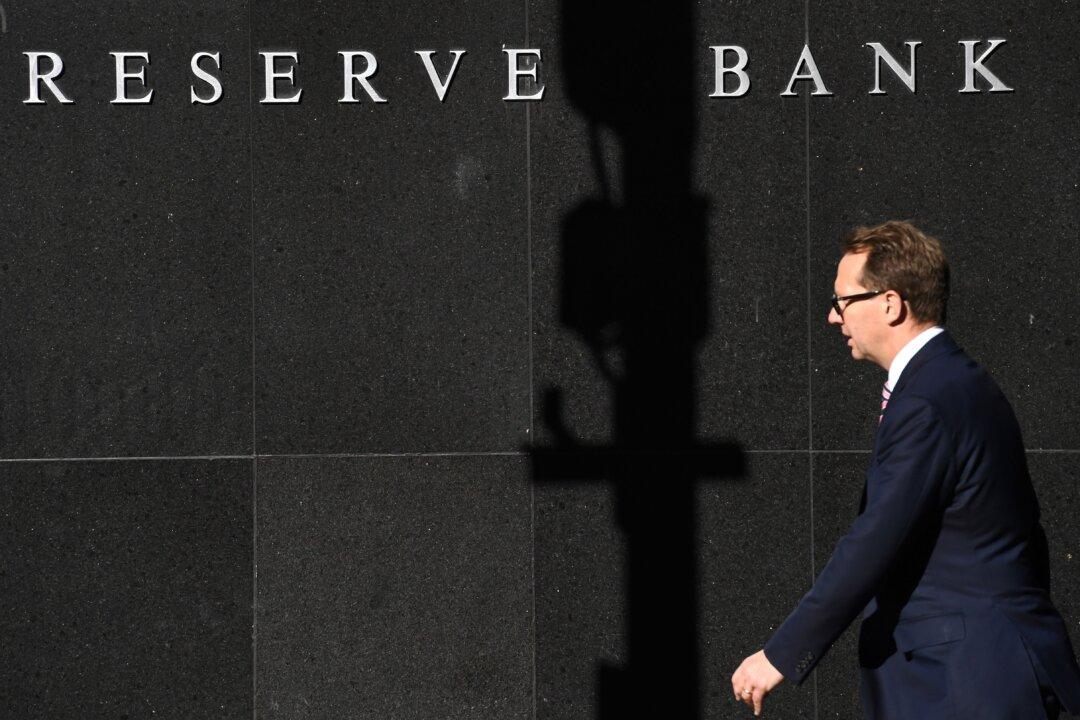One of the largest banks in Europe is predicting Australia’s official cash rate to rise significantly in the next two months.
Following the latest monthly inflation figures, a number of financial institutions and economists have revised their forecasts for the cash rate due to increasing uncertainty in the Australian economy’s ability to rein inflation.





